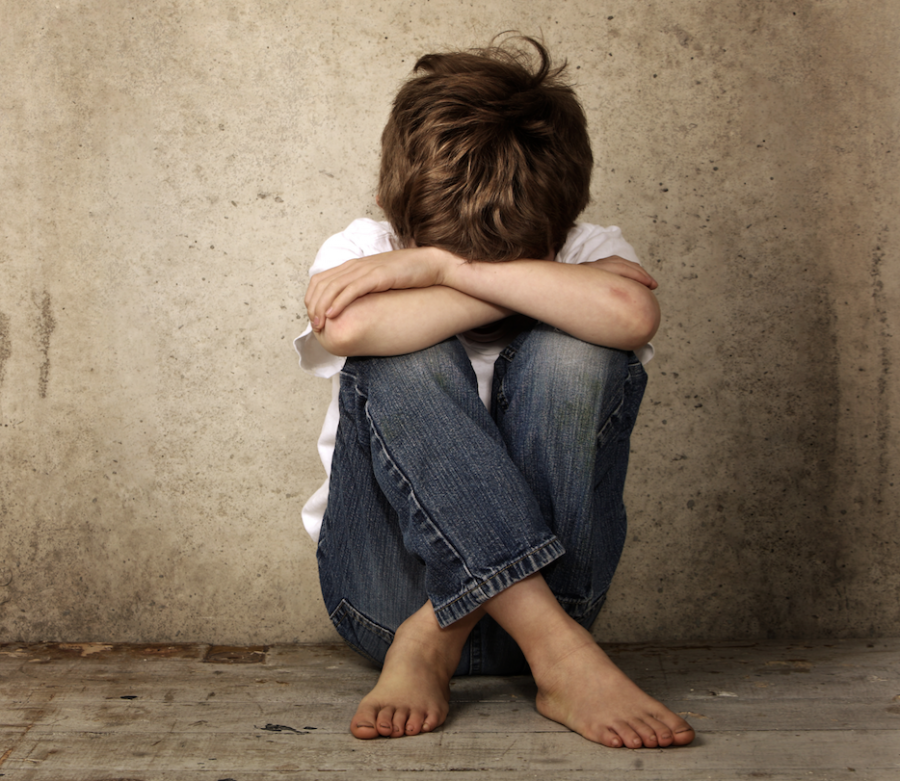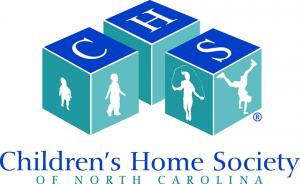
Over 121,000 Investigated Cases of Child Abuse and Neglect in North Carolina
According to Children's Home Society of NC early data shows over 121,000 investigated cases of child abuse and neglect during fiscal year July 2016 - June 2017
GREENSBORO, NC, USA, September 19, 2017 /EINPresswire.com/ -- Early data shows there were over 121,000 investigated cases of child abuse and neglect in North Carolina during fiscal year July 2016 through June 2017. State law requires individuals or institutions suspecting child abuse or neglect to report cases to the Division of Social Services (DSS) for investigation (G.S. 7B-301).
“The high number of children impacted by neglect or abuse indicates too many families are struggling and under severe stress,” said Rebecca Starnes, Vice President of Children’s Home Society of North Carolina. “Abuse and neglect can be the product of a number of issues facing families, including poverty, working multiple jobs to make ends meet, high levels of stress, unrealistic expectations of children, mental health challenges, or substance abuse.”
“DSS is an advocate and fail-safe for the more than 2.2 million children and their families in our state,” said Starnes. “This vital service is provided by dedicated and hard working staff in all 100-counties across North Carolina.”
DSS staff investigates and assesses all suspected cases of child abuse and neglect; diagnoses the problem with the family; provides in-home services to help keep families together; coordinates community and agency services; or, petitions the court for removal of the child from the home, if necessary.
Nearly 70-percent of the abuse and neglect cases were reported by educational personnel, medical personnel, law courts, and human services. Approximately 30-percent were referred by relatives, non-relatives, parents, or care providers. Child victims reported fewer than one-percent of the cases.
“There are different reasons for and levels of abuse and neglect,” said Starnes. “The hopeful news is that families have support. Parents can learn about their children’s needs and learn new, better ways to react. Parents can change their behavior, and even if they’ve had problems or challenges in the past, the majority can provide a safe, loving, and permanent home for their child.”
Following the investigation of reported cases in 2016-17, around 45-percent of the findings indicated that services were needed, recommended, or have been provided. Services were not recommended for 40-percent of the cases, and about 16-percent were determined to be unsubstantiated.
“Depending on the specific needs of children and families,” said Starnes, “Children’s Home Society and other organizations partner with DSS and provide a variety of options including intensive family preservation services (support and education in the home), family education programs, foster care, and adoption services.”
Demographically, the male-female ratio of investigated cases was virtually even at 51 to 49-percent. Almost 40-percent of the cases were ages 0 to 5, with 39-percent ages 6 to 12. Roughly 20-percent of the children were ages 13-17.
“Most of our abuse and neglect cases require intensive family preservation services,” said Starnes. “Teaming with DSS, our specialists work with the child and family daily, providing the education and resources they need to understand and overcome their problems and develop healthier family relationships.”
“The success rate of the intensive family preservation program is remarkable,” said Starnes. “Over 95-percent of the families completed the program. Six months following completion, 98-percent of the children are still in the home in a situation deemed safe by DSS.”
According to Starnes, abuse and neglect impacts rural and urban areas, crosses all socio-economic lines and includes every race.
Approximately 51-percent of the investigated cases of abuse and neglect last year were Caucasian. African-Americans made up the second largest segment with about 36-percent, followed by Hispanic at around 11-percent. All other races combined, including American Indian and Alaskan, were roughly 13-percent of the investigated cases.
“Partnerships with the staff of DSS are critical to achieving success for the child. One organization could not do the work alone,” said Starnes. “We all want children to be in safe, loving, and permanent families, and we’re working together to do what we can to help make that happen.”
Children’s Home Society of North Carolina helps support more than 20,000 children and families annually through a diverse array of services including adoption, foster care, parenting education, teen pregnancy prevention, and family preservation programs.
Click for information about Children’s Home Society
Click for media photos, data sources, press materials
Contact:
Dillard Spring
Children’s Home Society of North Carolina
DSpring@CHSNC.org
800-632-1400 ext. 550
Robert B Butler
Communications | Public Relations
www.NCPressRelease.org
www.RBButler.com
Permission granted for reprint and redistribution
Source: Data are provided by the Jordan Institute for Families, part of the UNC-Chapel Hill School of Social Work.
#NorthCarolina #DSS #Abuse #Neglect #FamilyPreservation #Adoption #FosterCare #RebeccaStarnes #ChildrensHomeSocietyNC #CHSNC #FamilyFinding #ChildSpecificRecruiting
Robert B Butler Communications | PR
North Carolina Press Release
919-455-8345
email us here
EIN Presswire does not exercise editorial control over third-party content provided, uploaded, published, or distributed by users of EIN Presswire. We are a distributor, not a publisher, of 3rd party content. Such content may contain the views, opinions, statements, offers, and other material of the respective users, suppliers, participants, or authors.




